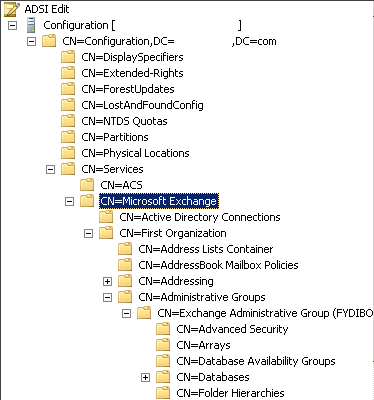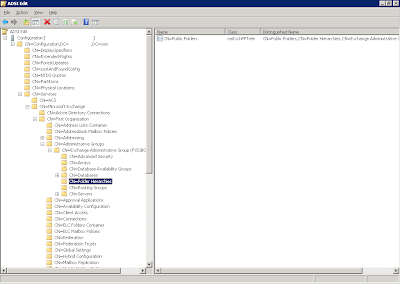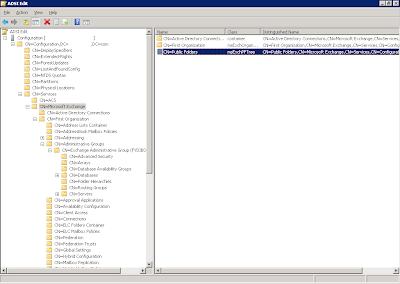Open ADSI Edit
This needs to be done on a machine with adsiedit.msc, usually a domain controller will work fine. After opening it, you need to connect to the Configuration context. Once connected, drill down to Configuration, Services, Microsoft Exchange, <Your organization name, typically Microsoft Exchange>

Solution 1
Continue drilling down into Administrative Groups, <Your administrative group name, typically Exchange Administrative Group>, Folder Hierarchies
Once here, you should see an entry for CN=Public Folders. If you see more than one, there is one that either needs to be deleted, or you need to edit the attributes and set msExchPFTreeType to 0 (this is slightly safer).

Solution 2
If solution 1 didn't work, this may be your problem. As it turns out for this customer they had an Exchange 2000 environment a long time ago that they "had a hard time removing". With those comforting words, i looked elsewhere and found this.
Still in adsiedit.msc, but in the Microsoft Exchange key, look for a CN=Public Folders entry. Chances are this is the one that you need to delete or set msExchPFTreeType to 0. You cannot just rename the object, it will still be detected as a msExchPFTree type.
